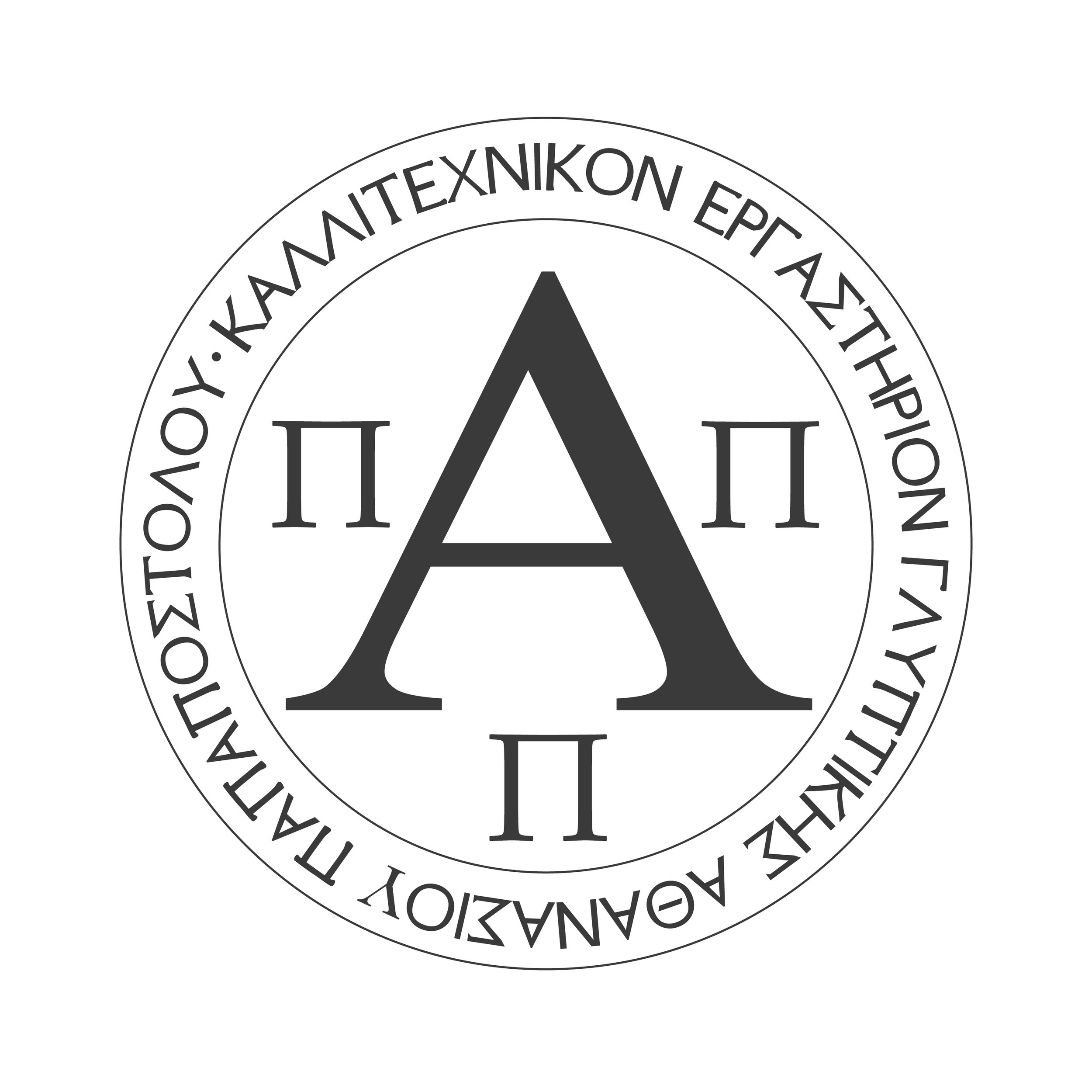Sculptural installations
EIkona/image
Eikona/image is a sculptural installation which confronts the dilemma/crisis of self-projection in today’s socially-oriented world. Entering the gallery, the viewer steps into a contemplative space, where controlled lighting recasts the mind from the outside world and refocuses the senses away from the hustle and bustle of everyday life. Amorphous herms mark the way through, delimiting the area of the installation, whilst prompting reflection on the relationship between anonymity and individuality.
As one proceeds, the fleshy, corporal nature of human existence comes more sharply into focus. A male and female herm flank Eikona and emphasize different aspects of the human experience. Eikona herself is an exploration of the tension between idealism and realism, a life-size figurative examination of the universality of human beauty that is transcendent of gender, race, or class. Experienced together the pieces explore the phenomenon of image making as a vital human impulse and the use of the human form as a body for external and internal reflection. Through the redirection of contemporary and classical figurative sculptural forms within the installation context, this installation poses the questions: Who are we? Who do we wish to be?
Read an essay on the exhibition by Susan Main, Kaplan Gallery Director.


















